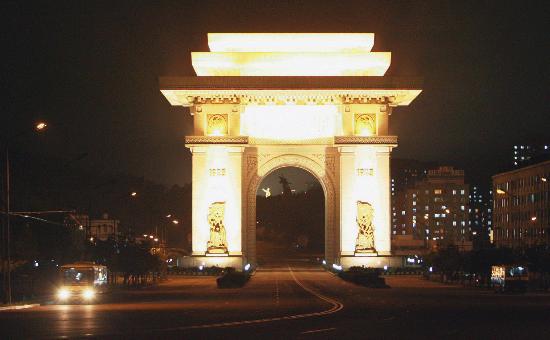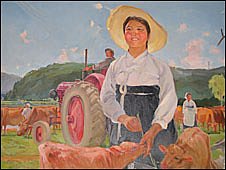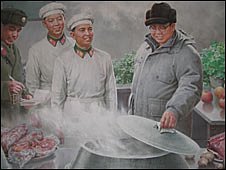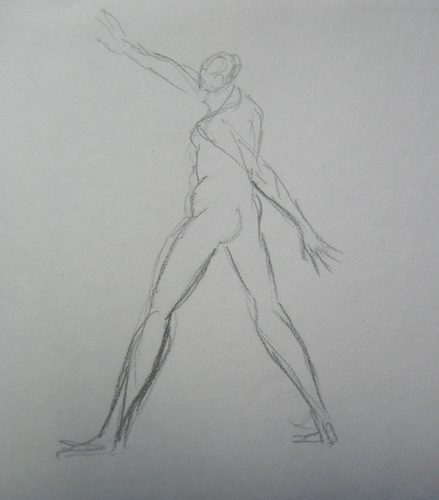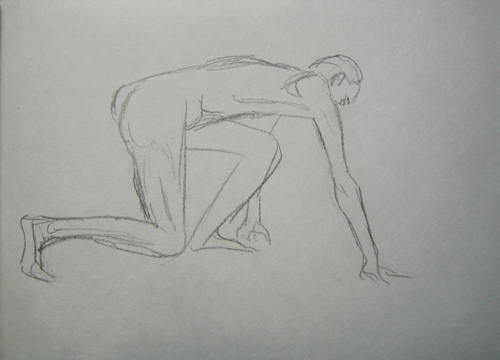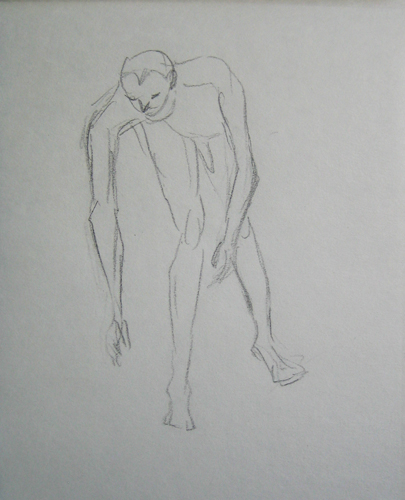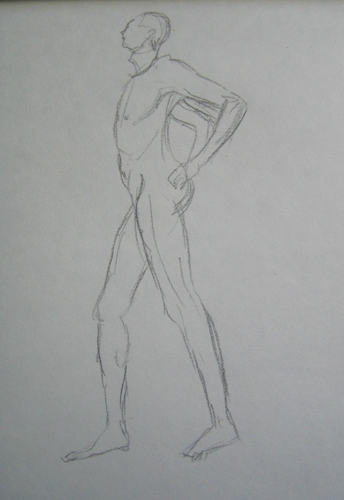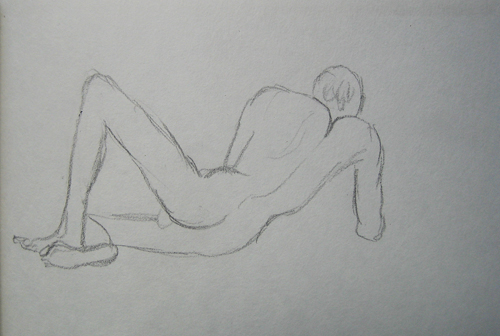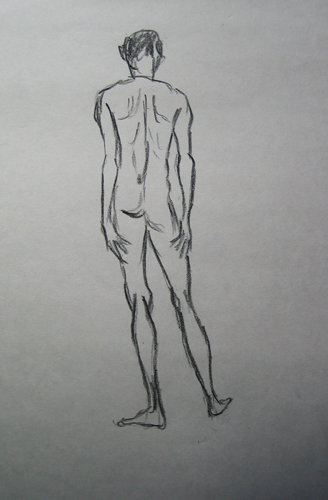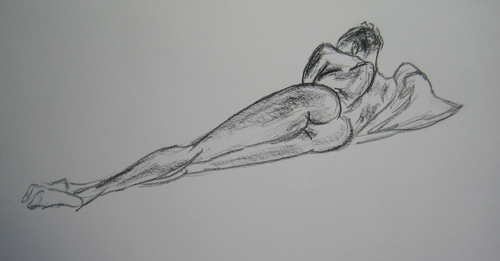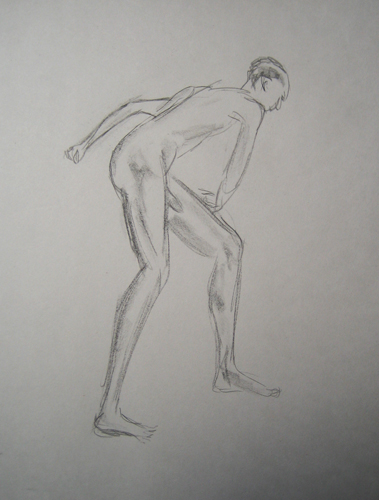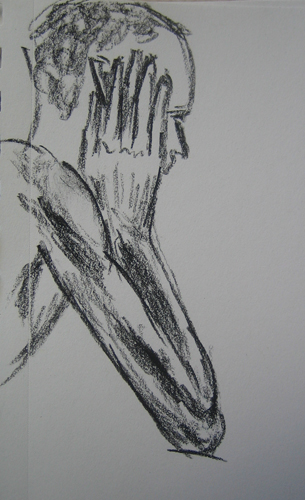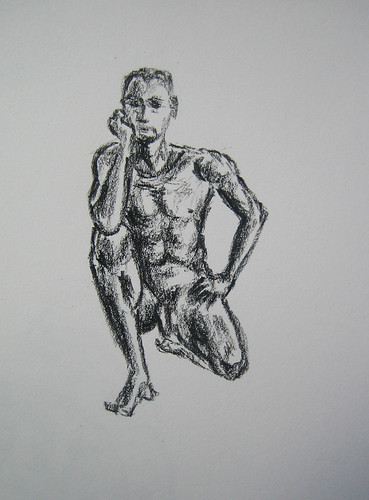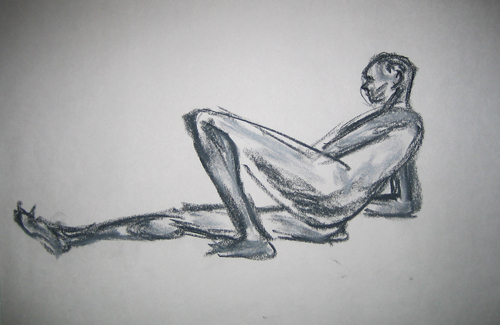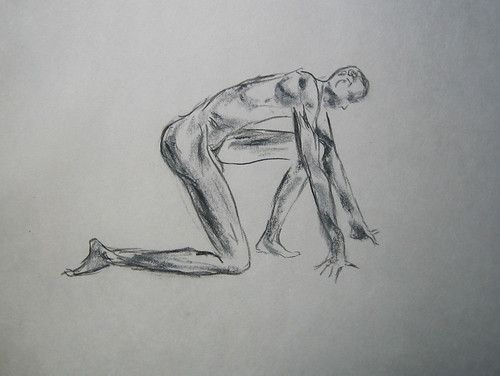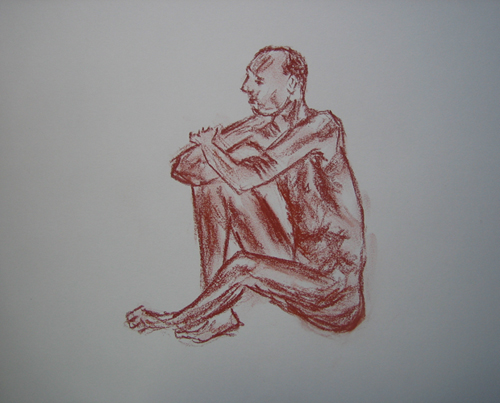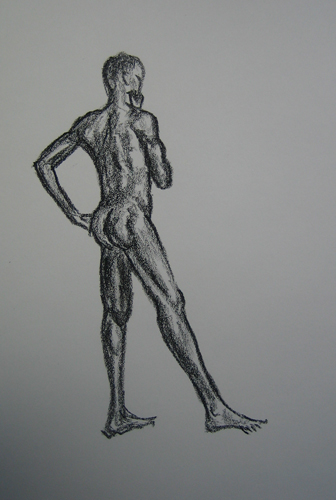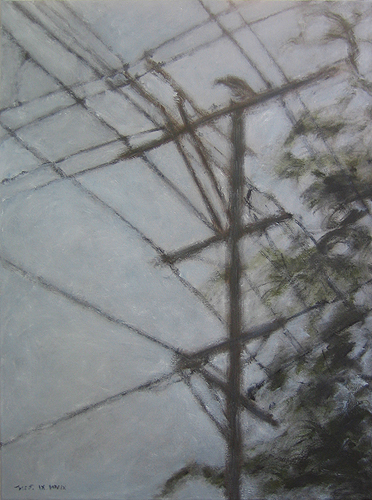Finally, I'm coming to talk about the paintings at
Cantor Arts Center at Stanford University. It has some very fascinating modern works and several beautiful 18th century or older European paintings. Adding to this exulted group, there are several paintings command my attention through various virtues even though they are quite sentimental and suspect of being kitsch.
My favorite one is
Angel by Sean Scully
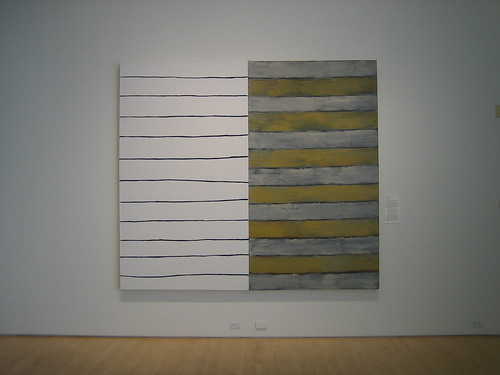 Angel
Angel, Sean Scully
Great Anselm Kiefer was represented by
Jakobs Traum (Jacob's Dream):
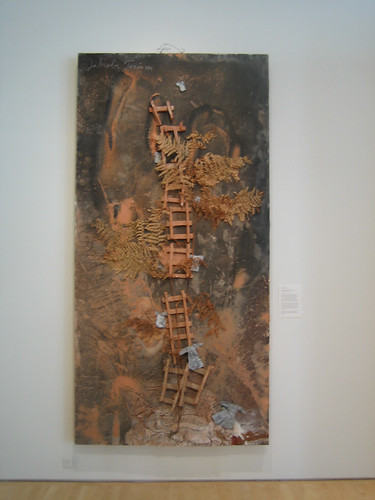
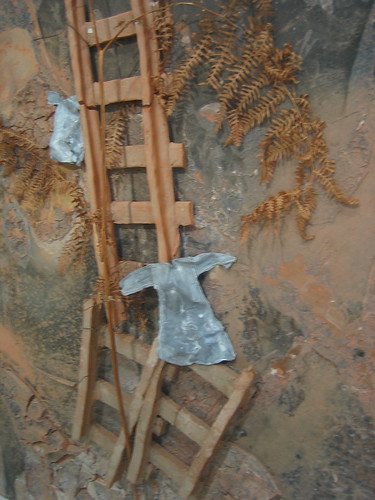

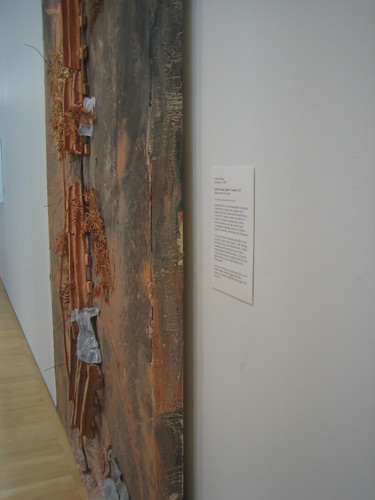
There are three very beautiful Richard Diebenkorn pieces:
 Window
Window
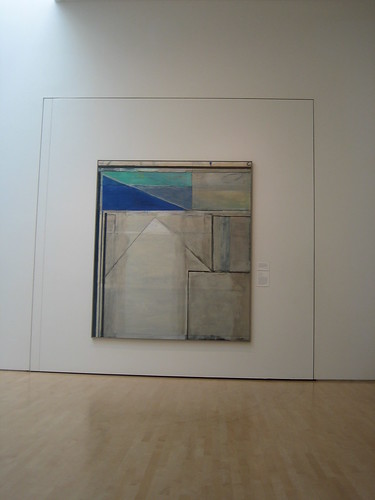 Ocean Park #94
Ocean Park #94
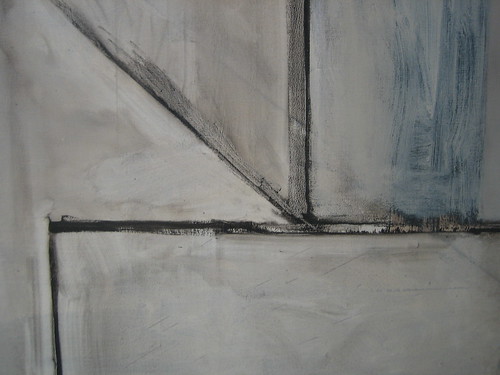 Ocean Park #94
Ocean Park #94 (Details)
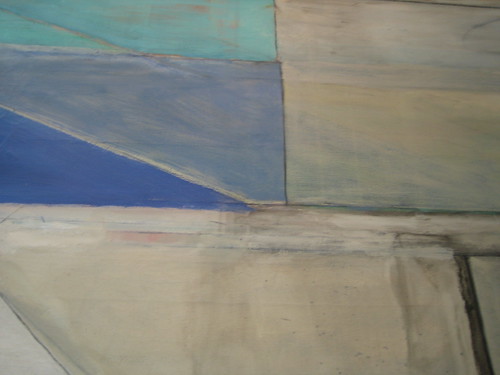 Ocean Park #94
Ocean Park #94 (Details)
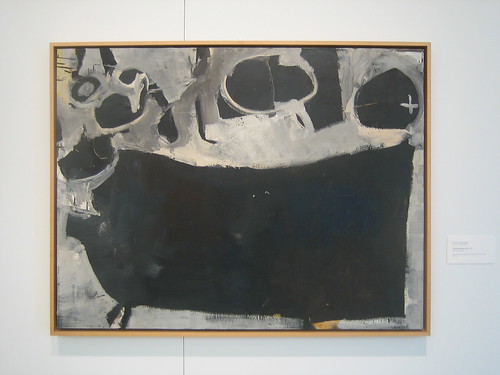 Disintegrating Pig
Disintegrating Pig
Other modern works include:
 Mirror, Skull, and Chair
Mirror, Skull, and Chair, Paul Wonner
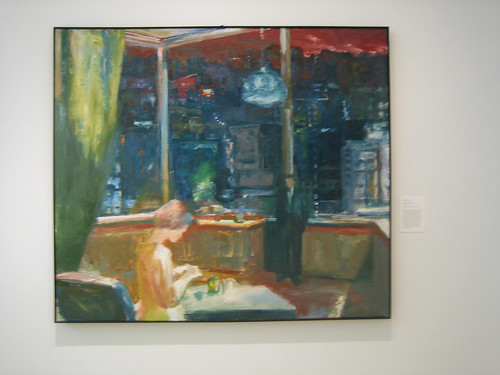 Interior with Cityscape
Interior with Cityscape, Elmer Nelson Bischoff
 Fall 1964
Fall 1964, Frank Lobdell
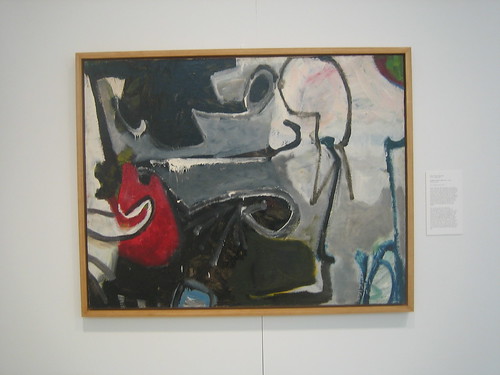 Untitled (Scene with ''X'')
Untitled (Scene with ''X''), Elmer Nelson Bischoff
Modernism European works include:
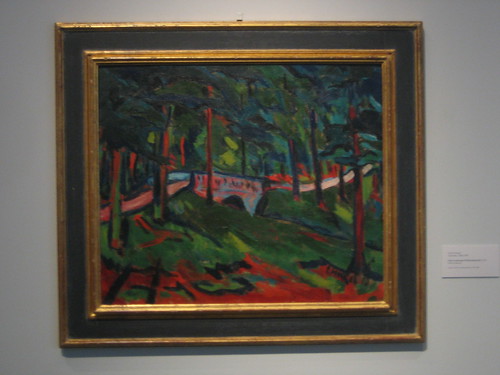
Parklandschaft, Erich Heckel
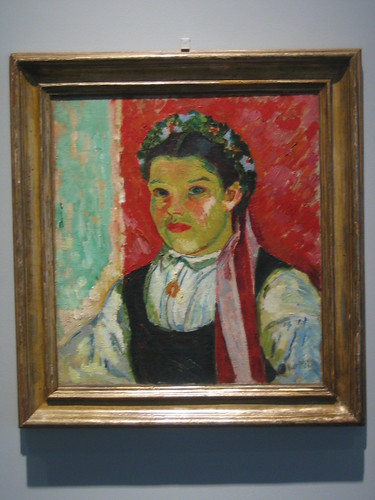 Kurish Bride
Kurish Bride, I, Max Pechstein
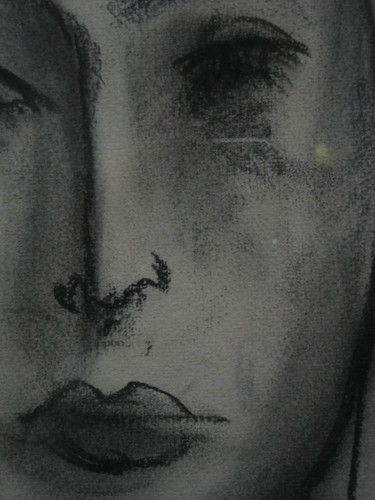 Paul
Paul (Details), Henri Matisse
Not my favorite painters, I dido find the thinly painted background in Thomas Cowperthwait Eakins's portrait of Professor William D. Marks interesting:
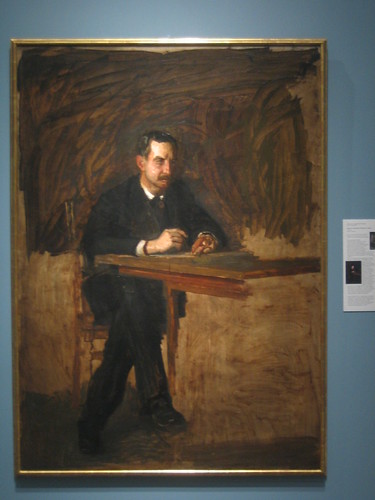 Portrait of Professor William D. Marks
Portrait of Professor William D. Marks, Thomas Cowperthwait Eakins
I'm in the period of reconnecting to drawing, thus this little drawing appeals me:
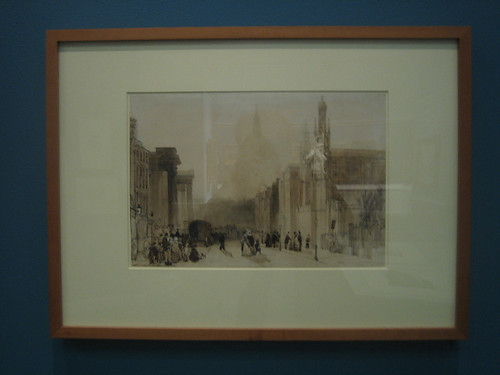 Saint Paul's from Saint Martin's-in-the-Fields
Saint Paul's from Saint Martin's-in-the-Fields, William Evans of Bristol
Sentimental? Yes. But I like the color scheme and particularly the color of the pants very beautiful:
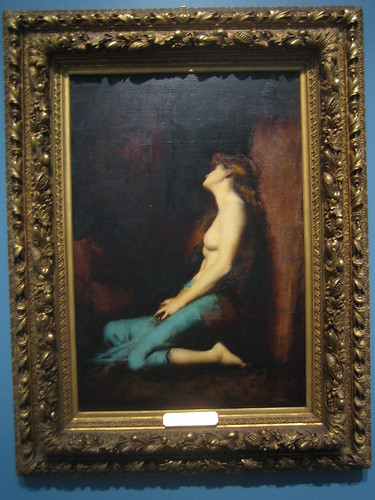 The Magdalen
The Magdalen, Jean-Jacques Henner
There were three beautiful Madonnas:
 The Virgin and Child with the Infant St. John
The Virgin and Child with the Infant St. John, Jacopo del Sellaio
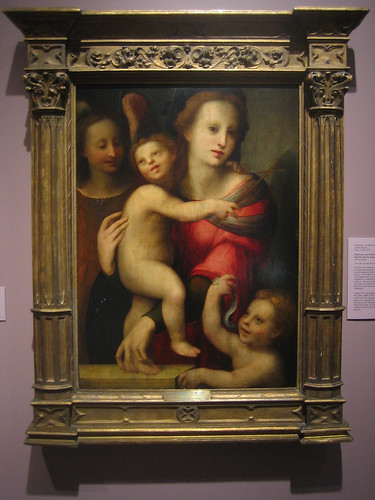 Madonna and Child with Saint John the Baptist and an Angel
Madonna and Child with Saint John the Baptist and an Angel, Domenico di Bartolomeo Ubaldini
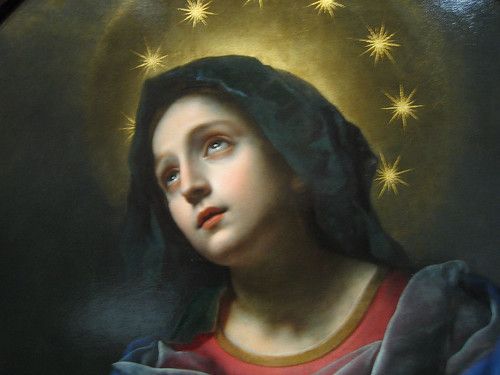 Madonna in Glory
Madonna in Glory (Details), Carlo Dolci
... and a Satan:
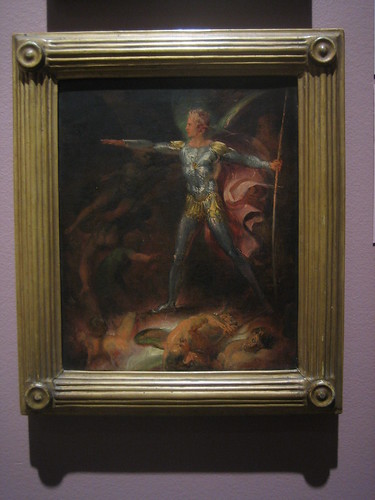 Satan Summoning his Legions
Satan Summoning his Legions, Thomas Stothard, R.A.
... plus a figure somewhere in between:
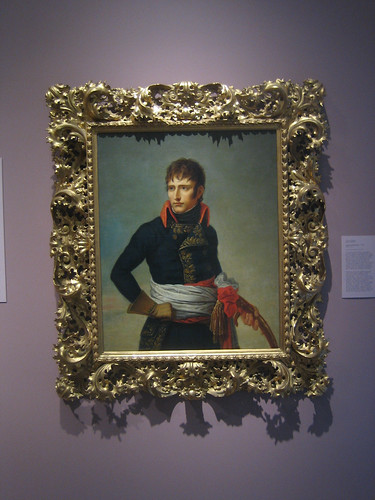 Napoleon Bonaparte
Napoleon Bonaparte, Andrea Appiani




